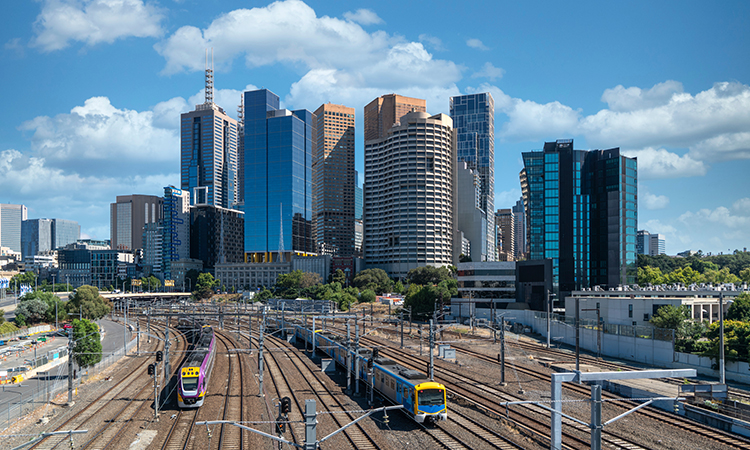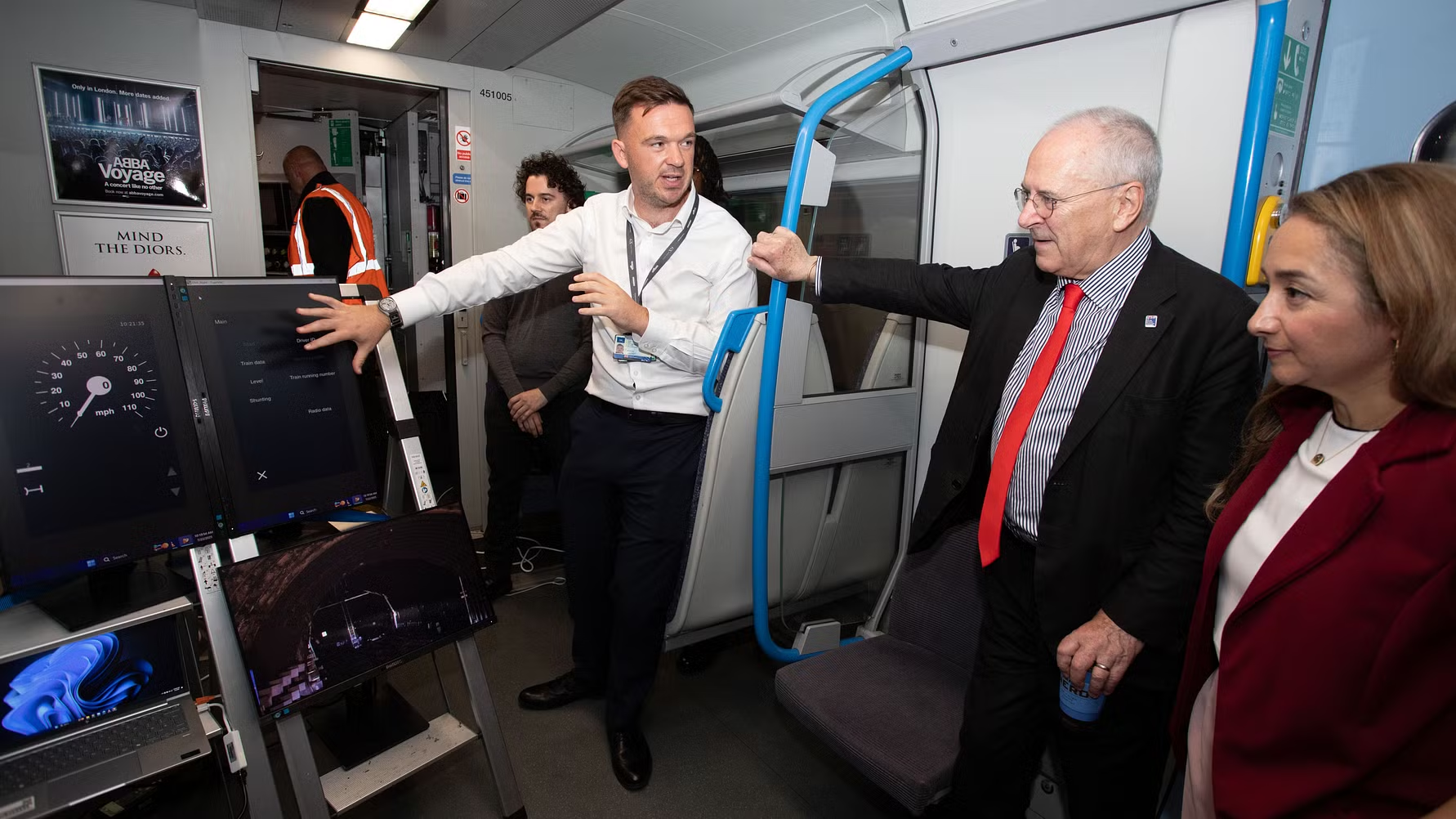Faster Australian rail connections need to be a post-pandemic priority, says ARA
Posted: 16 February 2021 | Global Railway Review | No comments yet
Results from an ARA survey have found that investments into faster rail connections to and from Australian regions should be an immediate priority.


New research has confirmed that immediate investment is needed to increase the speed of Australian rail networks as more people consider a move to the regions after COVID-19.
A survey of 600 regional and metropolitan residents across New South Wales, Victoria and Queensland commissioned by the Australasian Railway Association (ARA) has found that faster rail connections would make people more likely to consider a move to the regions after COVID-19, which resulted in drastic changes in work patterns.
With three quarters (77 per cent) of respondents expecting at least some of the changes to their work as a result of COVID-19 to be permanent, a quarter of city residents surveyed (26 per cent) were likely to consider a move to the regions, and faster rail would increase their likelihood of making the move.
ARA‘s Chief Executive Officer, Caroline Wilkie, said that the survey findings were released to coincide with the launch of the ARA Faster Rail Report, prepared by Arup.
“With an additional 10 million people expected to move to Sydney, Melbourne or Brisbane by 2060, faster rail will be essential to support urban renewal in key regional centres,” Caroline said. “Highways in and out of Sydney are already reaching capacity, which means that we must invest now in faster rail to support the east coast’s sustainable development. Immediate investment in existing networks would improve the speed, reliability and frequency of regional rail services into the city as we plan for fast rail connections over the next decade.”
The survey found that regional residents would also be 71 per cent more likely to take the train if faster rail connections were available, while 84 per cent of regional respondents believed faster rail connections would make their region more attractive for people considering relocating.
The Faster Rail Report identified a three step plan to achieve faster rail:
- Act now to upgrade existing rail lines to deliver faster, more reliable and more frequent services
- Establish new fast rail lines in the next five to 10 years
- Prepare for high-speed rail in the long term by preserving rail corridors now.
Caroline added: “For too long, rail investment has lagged behind road funding, and the regional rail network is now below global standards. It is time to bring Australia up to standard and tap into the new demand for regional development resulting from COVID-19.”
OUT NOW: The Definitive Guide to Rail’s Digital Future
The rail industry is undergoing a digital revolution, and you need to be ready. We have released our latest market report, “Track Insight: Digitalisation.”
This is not just another report; it’s your comprehensive guide to understanding and leveraging the profound technological shifts reshaping our industry. We move beyond the buzzwords to show you the tangible realities of AI, IoT, and advanced data analytics in rail.
Discover how to:
- Optimise operations and maintenance with real-time insights.
- Enhance passenger services through seamless, high-speed connectivity.
- Leverage technologies like LEO satellites to improve safety and efficiency.
Featuring expert analysis from leaders at Nomad Digital, Lucchini RS, Bentley Systems and more, this is a must-read for any rail professional.
Related topics
Coronavirus/COVID-19, Funding & Finance, High-Speed Rail, Infrastructure Developments, Passenger Experience/Satisfaction







